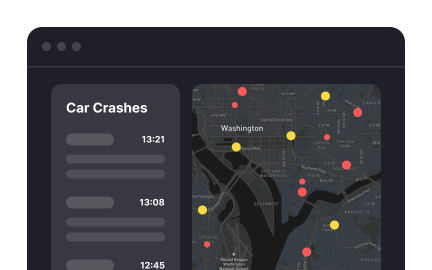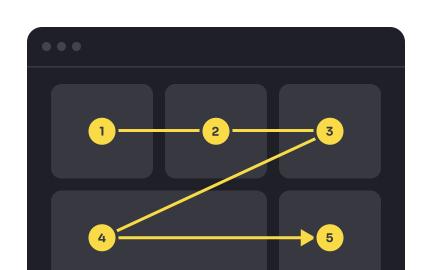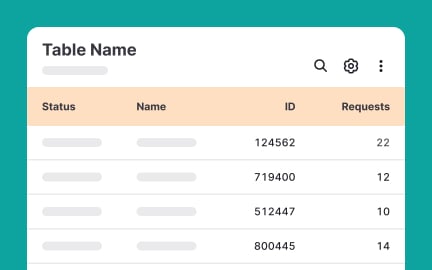Databases
Databases are structured systems for storing, organizing, and retrieving digital information efficiently for use in applications and services.
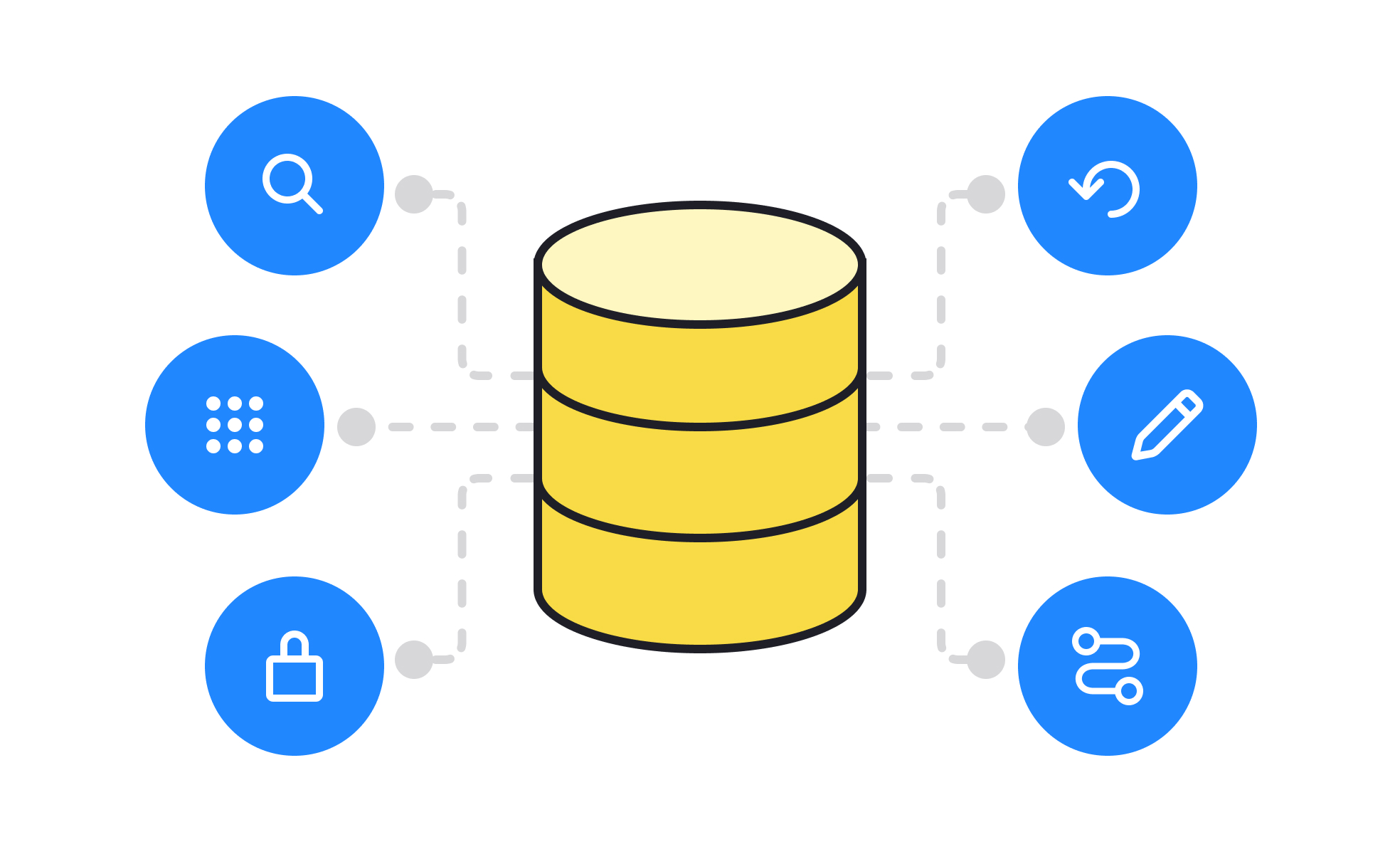
What are Databases?
Databases are organized systems for storing, managing, and retrieving digital information efficiently and reliably across various applications and use cases. They provide structured approaches to data storage using different models (relational, document, key-value, graph) optimized for specific types of information and access patterns while ensuring data integrity, security, and performance at scale.
Modern databases encompass relational systems, NoSQL alternatives, cloud services, data warehouses, and specialized databases designed for specific use cases like analytics, search, and real-time processing.
Databases in Product Development Context
Product managers must understand database implications of feature decisions since data model choices affect development speed, user experience quality, and long-term product scalability and maintenance costs.
Feature development and data modeling
Database design decisions affect how quickly teams can build new features and modify existing functionality. Well-designed data models accelerate development while poor choices create technical debt that slows future improvements.
User experience and performance optimization
Database query performance directly impacts user experience through page loading times, search results quality, and real-time feature responsiveness. Optimized databases enable seamless user experiences while poor performance causes frustration and abandonment.
Analytics and business intelligence capabilities
Database design affects ability to generate business insights and user behavior analytics. Systems designed with analytics requirements enable data-driven product decisions while transactional-only databases limit insight generation.
Scaling and infrastructure planning
Database architecture determines how applications handle growth in users, data volume, and feature complexity. Scalable database designs support business growth while non-scalable choices require expensive migrations and redevelopment.
Database Types and Use Case Selection
Relational databases (SQL):
- Structure: Tables with rows and columns linked through relationships
- Best for: Applications requiring data consistency, complex queries, and established schemas
- Examples: PostgreSQL, MySQL, Oracle Database, SQL Server
- Use cases: Financial systems, e-commerce platforms, customer relationship management
Document databases (NoSQL):
- Structure: Flexible documents stored in collections without rigid schemas
- Best for: Applications with varied data structures and rapid development requirements
- Examples: MongoDB, CouchDB, Amazon DocumentDB
- Use cases: Content management systems, product catalogs, user profiles
Key-value stores:
- Structure: Simple key-value pairs optimized for fast retrieval
- Best for: Caching, session storage, and high-performance simple data access
- Examples: Redis, Amazon DynamoDB, Apache Cassandra
- Use cases: Session management, shopping carts, real-time recommendations
Graph databases:
- Structure: Nodes and relationships optimized for connection analysis
- Best for: Applications analyzing relationships and network patterns
- Examples: Neo4j, Amazon Neptune, ArangoDB
- Use cases: Social networks, recommendation engines, fraud detection
A database is an organized collection of structured data that is stored and managed in a computer system. It is designed to efficiently store, retrieve, and manipulate data, enabling users or applications to access and interact with the information in a structured and controlled manner. Databases are widely used in various domains, including businesses, organizations, and software applications, to store and manage large volumes of data.
There are several types of databases, each designed for specific purposes and use cases. Some common types include:
- Relational databases: Relational databases organize data into tables with predefined relationships between them. They use Structured Query Language (SQL) for data manipulation and retrieval. Relational databases are widely used and provide a structured and efficient way to manage structured data.
- NoSQL databases: NoSQL databases, which stand for "not only SQL," are non-relational databases that provide flexible schema designs and horizontal scalability. They are suitable for handling large volumes of unstructured or semi-structured data and are often used in modern web applications, real-time analytics, and big data scenarios.
- Object-oriented databases: Object-oriented databases store data in the form of objects, similar to object-oriented programming languages. They are suitable for applications that require complex data structures or have a strong object-oriented design.
- Graph databases: Graph databases focus on representing relationships between data entities using nodes and edges. They are ideal for scenarios where the connections between data elements are crucial, such as social networks, recommendation systems, or knowledge graphs.
Using a database offers several advantages:
- Data organization: Databases provide a structured way to organize and store data, allowing for efficient data management and retrieval. Data can be organized into tables, records, and fields, enabling easy organization and access.
- Data integrity: Databases enforce data integrity constraints, such as unique keys and referential integrity, to ensure data accuracy and consistency. This helps maintain the quality and reliability of the data stored in the database.
- Data security: Databases offer various security features to protect sensitive data. Access controls, authentication mechanisms, and encryption techniques help safeguard data from unauthorized access or malicious activities.
- Data scalability: Databases can handle large volumes of data and provide scalability options to accommodate growing data needs. This allows businesses and applications to scale their data storage and processing capabilities as their requirements increase.
- Data sharing and collaboration: Databases enable multiple users or applications to access and work with the same data concurrently. This facilitates collaboration and data sharing, supporting teamwork and efficient data-driven decision-making.
Recommended resources
Courses

HTML Foundations

Enhancing UX Workflow with AI

CSS Foundations
Lessons

Activity Feeds

Dashboards

Handling Large Blocks of Text in Typography
Exercises
Projects
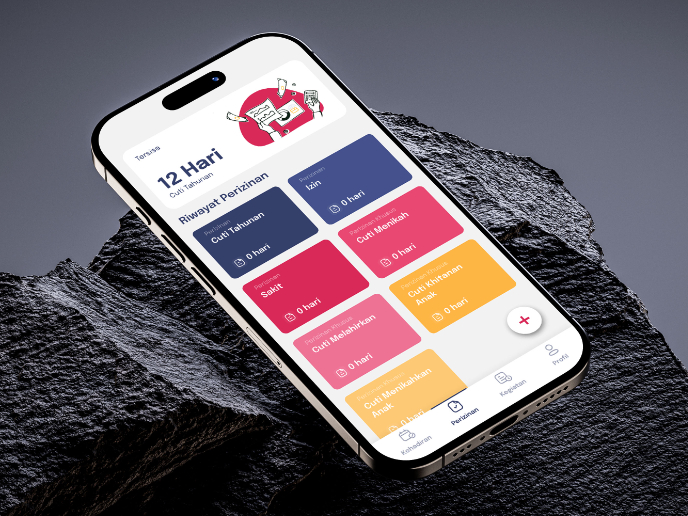
SIPALA - Attendance, Leave, and Activity Management System

SaaS project






